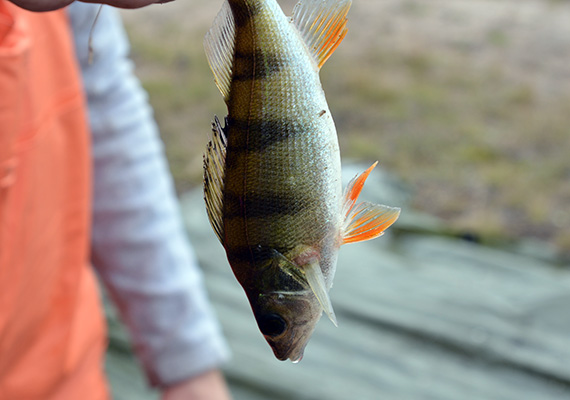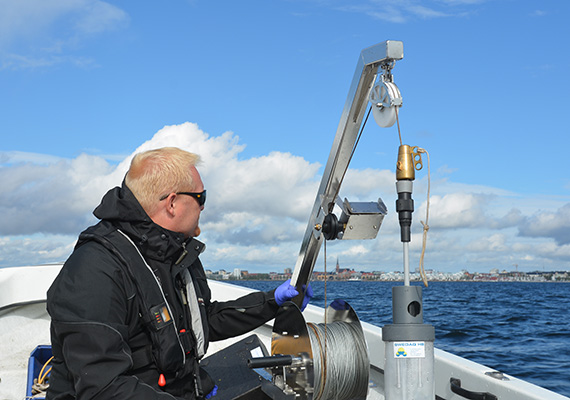SSAB at the Ocean Conference focus on sustainable seas
The Ocean Conference is focusing on Sustainable Development Goal 14 of a total of 17 SDGs within the 2030 Agenda for Sustainable Development adopted by the UN General Assembly in 2015. Goal 14 aims to “conserve and sustainably use the oceans, seas and marine resources for sustainable development”.
SSAB is attending the conference in partnership with Jernkontoret, the Swedish steel producers’ association. Per Bondemark, Vice President and Chief Procurement Officer at SSAB, is attending the Jernkontoret side event in order to highlight one of our many initiatives relating to sustainable oceans and SSAB production.
SSAB has also submitted two voluntary commitments, as they are known. The first is HYBRIT, SSAB’s initiative for developing steel production that emits water, but no carbon dioxide. The second commitment is the Bothnia Bulk initiative, which aims to achieve a 40-50% reduction in carbon dioxide emissions in transportation between Raahe, Luleå and Oxelösund. Reducing carbon dioxide emissions goes hand-in-hand with SDG 14; reduced emissions means less acidification of the oceans.
Sustainable oceans on the agenda – both globally and locally
SSAB’s work with water issues is also taking place via a number of local initiatives and programs. SSAB in Oxelösund is carrying out a “Coordinated recipient inspection” to achieve the best possible quality for inspections carried out. A number of stakeholders such as SSAB, the Port of Oxelösund and OxelöEnergi have joined forces to create the best possible conditions for maintaining good control over the environmental status in the coastal waters off Oxelösund and to meet the requirements of the EU’s Water Directive. The program will create cost-effective, structured and recurring environmental surveillance giving results that will be comparable over time.
“We achieve better results when stakeholders work together,” says Ann-Sofie Ördén of SSAB Oxelösund, who is responsible for the coordination.
Samples during coordinated recipient inspection will be taken by Stockholm University and the results also used for research. The ecological status of benthos outside the SSAB area in Oxelösund is good. A similar cooperation is set up for SSAB in Raahe and in Luleå, in a joint venture with other companies in the region sampling is conducted on a regular basis.
One way of checking the status of the sea is to check what lives in the water: fish and other aquatic animals. This is being done in Luleå, for example, where SSAB is carrying out inspections as part of an overall program which is using fish to help secure our knowledge of the status of surrounding waters.

The survey has taken place during a number of years and has included tests whereby fish have had to live in selected waters for a time as well as tests conducted to analyze the quantities of substances that are difficult to measure using standard measurement methods for discharge water. This initial fish survey included brown trout that had to live in tanks with intake and discharge water from SSAB Luleå for one month. After the period in the tanks the health status of the fish and the levels of different substances were controlled. The results showed that all fish demonstrated normal oxygen uptake and no signs of infection, and we also have good knowledge of emissions originating in our operations.
Field fishing for perch of various sizes is also taking place within the scope of the program. Purchase Perch have been selected due to their habits, which provide plenty of information on specific conditions in a certain location as they are stationary and do not move around. The results from the field fishing initiative indicate that the fish are affected by the temperature in the cooling water in such a way that they grow quicker and become sexually mature earlier. The fish are also subject to PAH, either from historical or current emission, but not an extent where effects on fish health can be seen.
Find out more about the Ocean Conference
